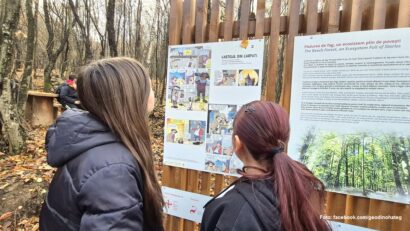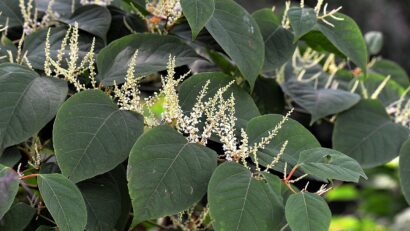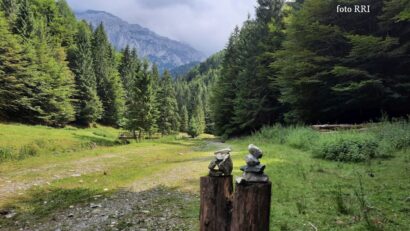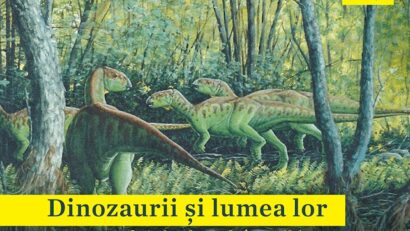Ornitodata, the portal dedicated to knowing bird species
Behind this success is a dedicated team
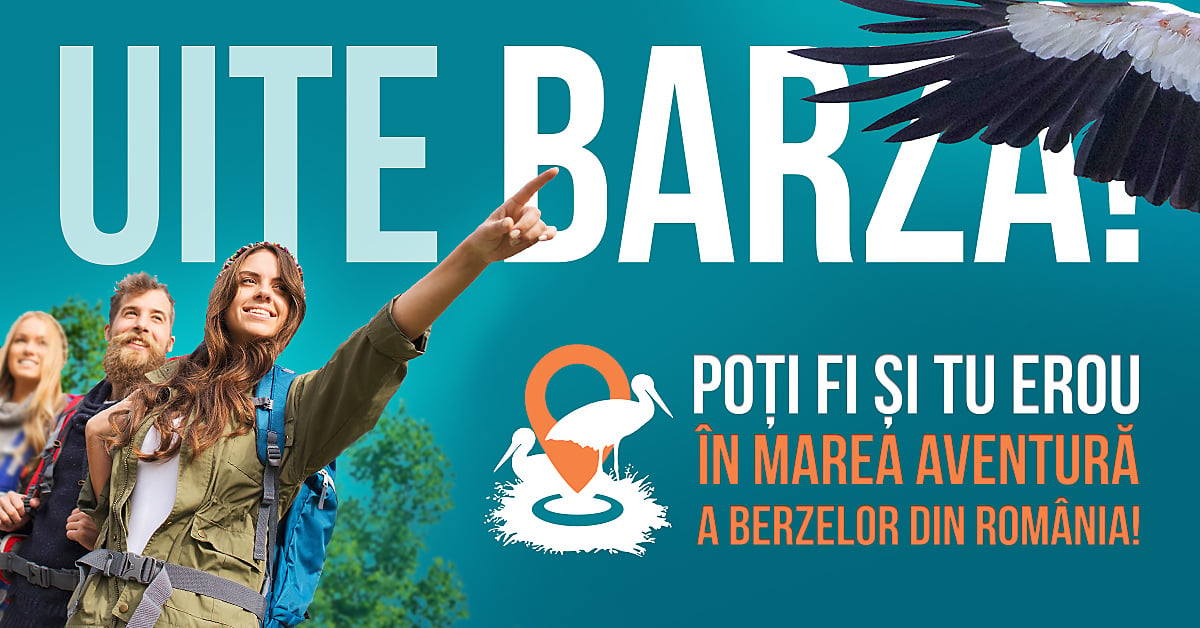
Daniel Onea, 31.10.2025, 13:45
A symbolic, but very important moment has been reached: Ornitodata, the database of the Romanian Ornithological Society, has recorded the 2,000,000th public observation. This milestone marks not only a quantitative performance, but also a maturation of the involvement of volunteers and the scientific relevance of the information collected. The project, which evolved from an internal necessity for a complex digital tool, with a mobile application and international collaborations, today outlines a living map of the presence, distribution and migration of birds, the data collected being vital for conservation efforts.
Behind this success is a dedicated team and, above all, a huge community of volunteers. From experienced ornithologists to simple nature lovers, thousands of people go out into the field and, with the help of their mobile phones, contribute to this remarkable effort. Each species recorded, from the most common to the rarest, adds a piece to the complex puzzle of biodiversity. To better understand the history, challenges, and impact of this endeavor, we spoke with Cristian Domșa, an ecologist at the Romanian Ornithological Society, one of the specialists in charge of analyzing the data entering the system. He explains how the project was born from a pressing need to centralize information, which until then was fragmented and difficult to manage.
“Field studies are based on massive amounts of data. The more information you have, the more pertinent conclusions you can draw. Initially, we relied heavily on international applications, and our colleagues, after collecting the data, would periodically send them to us to centralize them manually in various offline formats, such as Access or Excel databases. At some point, the natural need arose to have our own database. That’s how it all started, around 2014, when we started working on the first version of Ornitodata. At the beginning of 2016, the platform became public and accessible to everyone, but it only worked in web format. Those who collected data had to sit in front of the computer after going out into the field, and manually enter each observation.”
The over two million validated observations reflect not only the diversity of the avifauna, but also the dedication of a growing community, in which the majority contribution, over 90%, comes not from specialists, but from volunteers. Cristian Domșa emphasizes the importance of each contribution and the way in which this information is gathered.
“The Ornitodata system is, in essence, an organized way of collecting information from the field. This can be either specialized data, collected by experts within monitoring programs, or occasional observations, sent by anyone who goes out into nature and recognizes a species with certainty. The observations are transmitted immediately and are gathered in the common database, contributing to the two million records. It is an impressive figure, which reflects the power of the concept of Citizen Science: passionate people, not necessarily specialists, can contribute decisively to such initiatives. We must understand that the vast majority of this data, probably over 90%, is collected on a volunteer basis.”
Technological evolution played a crucial role in the expansion of the project. The transition to the use of a mobile application radically simplified the process and opened the doors to a much larger number of contributors. The expert with the Romanian Ornithological Society, Cristian Domșa, describes this technological leap, which led to a real explosion in the amount of data collected.
“As technology evolved, we felt the need for upgrades. In 2017, we took a first step with a specialized mobile application, Uite Barza, Behold the Stork. The goal was to collect data strictly about the white stork, an easily recognizable and beloved species, which made it perfect for engaging the general public. It was a natural step. Then, at the beginning of 2020, we launched the new version of Ornitodata, modernized, which also included the generalist mobile application, available on Android and iOS. That was the moment that generated a huge qualitative and quantitative leap. We had exponentially more users and contributions, and data collection practically exploded.”
Behind the friendly interface, however, there are also challenges. As with many projects developed by non-governmental organizations, funding is a constant race, and the costs are considerable.
“We have many challenges, but the biggest one is probably the financial one. Being an NGO, we obtain funding from projects and, honestly, at the beginning we did not correctly assess the financial scope of such an endeavor. Technology is evolving rapidly, and developing, adapting and creating new functionalities costs a lot. Finding resources is a constant challenge. Another major challenge is related to observers. Some contribute massively with data, others less, but motivating everyone, keeping them close and convincing them to constantly contribute information requires a sustained and very, very big effort.”
Ornitodata’s impact goes beyond Romania’s borders. The project has recently expanded to the Republic of Moldova, and the data collected by volunteers in the country are aggregated at a continental level, helping scientists understand species population trends and migration routes. Thus, each observation becomes relevant on a European scale. In the end, Cristian Domșa’s message is one of gratitude and awareness of the essential role that volunteers play.
“All conservation decisions and all scientific analyses are based on massive amounts of data. In this context, volunteering is essential. Our thanks go to the volunteers, because without them this system simply would not have been possible. Their continued involvement is crucial for the system to function in the future. And this information does not remain only at the local level. Ornitodata, like other international databases, contributes a lot of data to European initiatives. This means that the general public in Romania, through their generosity, time and resources, helps to understand phenomena on a continental scale, from bird migration to the conservation status of species.”
In conclusion, Ornitodata is more than a digital platform; it is a living community, united by a passion for nature and the desire to protect it. The database will become an indispensable tool for future generations of researchers and for the environmental decisions that will shape our future.

